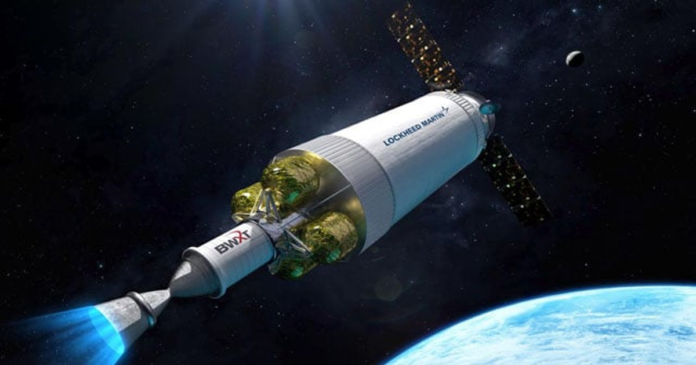In order to use the technology for expeditions to Mars, NASA and the US military announced on Wednesday that they had chosen defence contractor Lockheed Martin to construct a nuclear-powered rocket.
NASA develop nuclear rocket: According to officials, the Demonstration Rocket for Agile Cislunar Operations (DRACO) programme might begin operations as early as 2027.
Future spacecraft could carry heavier payloads than the best chemical rockets on the market today thanks to nuclear thermal propulsion (NTP) systems’ potential to reduce travel durations, improve fuel economy, and require less propellant.
To split uranium atoms apart through fission, the reactor core must pump a liquid propellant—in DRACO’s instance, cryogenic hydrogen.
The propellant is heated extremely, turned into a gas, and forced into a nozzle to generate thrust.
According to Kirk Shireman, vice president of lunar exploration campaigns at Lockheed Martin Space, “these more potent and efficient nuclear thermal propulsion systems can provide faster transit times between destinations.”
For human missions to Mars, cutting down on transit time is essential to lowering radiation exposure for the crew.
It will be up to BWX Technologies to create the nuclear reactor and propellant.
DRACO’s reactor won’t start operating until it has reached a high orbit, out of precaution.
Additionally, according to Shireman, the technology might “revolutionise” next lunar expeditions, where NASA aims to construct permanent dwellings as part of the Artemis programme.
More than 50 years ago, NASA conducted its final nuclear thermal rocket engine tests; however, budget shortages and Cold War tensions resulted in the discontinuation of the program.

